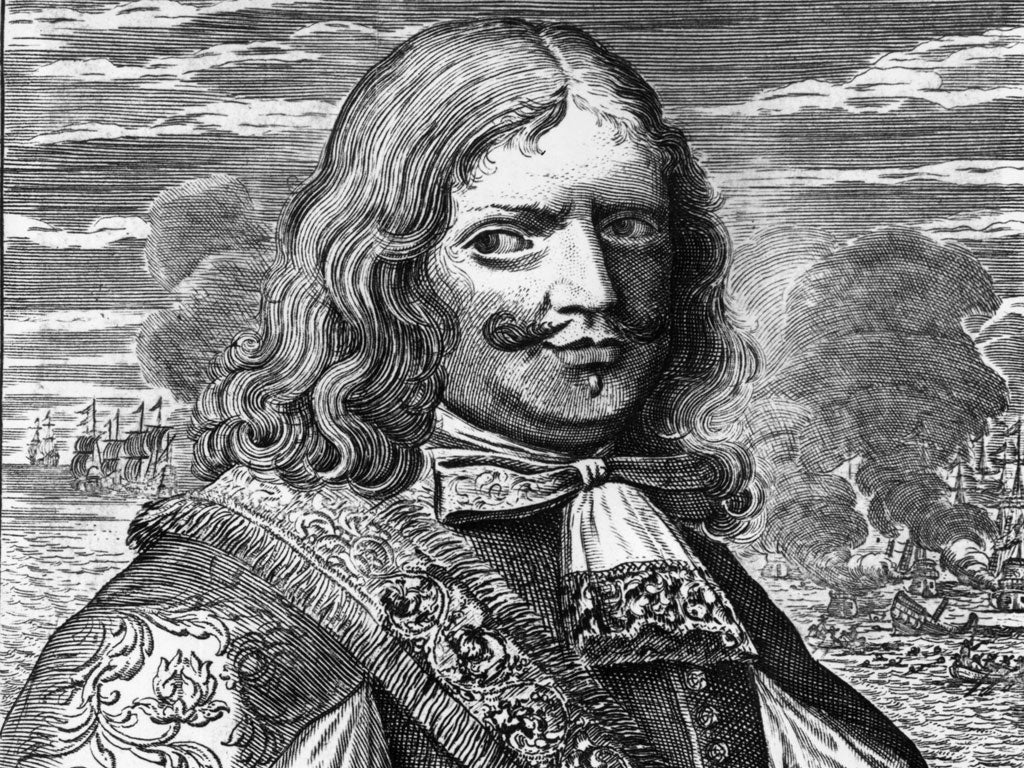Could Captain Morgan be about to resurface?
Panama wreck might solve mystery of the 17th-century buccaneer

Your support helps us to tell the story
From reproductive rights to climate change to Big Tech, The Independent is on the ground when the story is developing. Whether it's investigating the financials of Elon Musk's pro-Trump PAC or producing our latest documentary, 'The A Word', which shines a light on the American women fighting for reproductive rights, we know how important it is to parse out the facts from the messaging.
At such a critical moment in US history, we need reporters on the ground. Your donation allows us to keep sending journalists to speak to both sides of the story.
The Independent is trusted by Americans across the entire political spectrum. And unlike many other quality news outlets, we choose not to lock Americans out of our reporting and analysis with paywalls. We believe quality journalism should be available to everyone, paid for by those who can afford it.
Your support makes all the difference.He was one of Britain's most bloodthirsty buccaneers whose raids up and down the Spanish Main made him the scourge of the Caribbean, but now archaeologists might be about to cast new light on the dark legend of Sir Henry Morgan.
Morgan has become the stuff of legend, the sort of pirate immortalised by Hollywood in such films as the 1930s Errol Flynn vehicle Captain Blood. However, scientists believe a wreck being explored by divers close to the mouth of the Panama Canal could help separate fact from swashbuckling fiction.
Divers at the wreck, which is thought to be Morgan's flagship, Satisfaction, have unearthed ancient swords, wooden chests and coral-encrusted barrels. The Satisfaction sank in 1671 during an ambitious mission to capture Castillo de San Lorenzo, a key fortress which Morgan hoped would help unlock the treasures of nearby Panama City, reputed to be one of the richest in the world.
Accounts differ as to how the vessel sank. In one version, Morgan used the ship to lure out and destroy the Magdalen, the Spanish boat guarding the entrance to Panama City. Another version has it running aground in shallow water. Morgan's attack was successful and he plundered the city before razing it to the ground.
However, the attack violated a peace treaty between England and Spain and sparked a diplomatic crisis that would later lead to Morgan's arrest by the British authorities. He was put on trial but pleaded ignorance of the treaty and was cleared. King Charles II knighted him and later sent him to become Lieutenant-Governor of Jamaica.
Other finds include six iron cannons as well as the 17th-century wooden hull's starboard side. Over the next six months, scientists will strip the artefacts of their calcium carbonate coating and attempt to uncover their origin. They will also try to open the chest that they believe could contain evidence which would illuminate an inglorious chapter of British adventurism.
There remains fierce dispute over Morgan's precise role in the destruction of Panama City. "For more than 20 years, archaeologists have excavated the ruins," said Fritz Hanselmann, the leader of a research team from the University of Texas. "Apart from some carbon scoring along a number of burnt items, there is little indisputable evidence to suggest that Captain Morgan had even been there."
Professor Chris Bellamy, director of the Greenwich Maritime Institute, said: "The discovery could fill crucial gaps in British history – particularly concerning English involvement in Panama at a time when a peace treaty was in place. These will tell us a lot about operations on the cusp between piracy and irregular warfare sanctioned by nation states.
"These operations occurred at a time when increasingly powerful nation states were beginning to secure a monopoly on organised violence," he said.
All the discoveries that are brought to the surface will be donated to Panama's National Institute of Culture.
Join our commenting forum
Join thought-provoking conversations, follow other Independent readers and see their replies
Comments